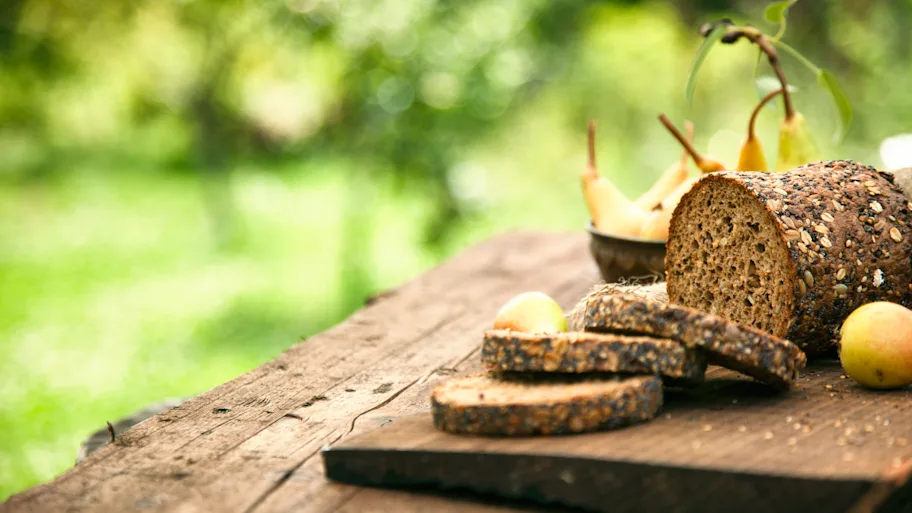
- Science news
- Social science
- What dampens and spurs our festive shopping desire? Here are five Frontiers articles you won’t want to miss
What dampens and spurs our festive shopping desire? Here are five Frontiers articles you won’t want to miss

At Frontiers, we bring some of the world’s best research to a global audience. But with tens of thousands of articles published each year, it’s impossible to cover all of them. Here are just five amazing papers you may have missed.
Money management and indulging are just two factors that could dictate Christmas spending
Buying gifts can be an expensive undertaking, especially when it’s coupled with spending on social gatherings with family, friends, and colleagues. For people who celebrate Christmas, these activities are often focus on just a few short weeks.
Writing in Frontiers in Behavioral Economics, an international team of researchers investigated which factors drive people’s willingness to spend or borrow money during a time when pressure to do both might be high.
Two surveys, run in the UK and Norway, indicated a correlation between age and the propensity to spend or borrow, but it might not be to age per se, but factors that vary with age, like financial hardship or material values, that influence willingness to part with money. The researchers also found that people who managed their money proactively had a lower propensity to spend/borrow and that considering Christmas a time to treat yourself resulted in a higher spending/borrowing tendency.
Article link: https://www.frontiersin.org/journals/behavioral-economics/articles/10.3389/frbhe.2024.1385609/full
When it’s time to pay, positive attitudes towards expensive products might change
Towards the end of the year, shopping for gifts is on many people’s minds. What they buy comes down to a multitude of factors, but price and the quality of the product are likely considerations.
In a recent study published in Frontiers in Psychology, researchers in China examined how product price influenced consumers’ attitudes towards products during different shopping stages.
The researchers found that in the active shopping stage, when consumers add items to their (virtual) shopping carts, a higher price resulted in a more positive attitude towards the product because its quality was perceived as superior to cheaper options. Once consumers were ready to check-out, however, their focus shifted to the price tag, and attitudes towards more expensive product changed as the monetary sacrifice took centerstage on consumers’ minds. Their results could inform how online retailers present pricing information during different shopping stages, the researchers wrote.
Article link: https://www.frontiersin.org/journals/psychology/articles/10.3389/fpsyg.2024.1418082/full
The climate crisis could make drinking milk riskier
The food sector faces various demands, including the need to feed a growing population and coping with the effects of climate change on food systems. Milk production specifically could see drastic impacts like reduced yield and quality, as well as a higher susceptibility of cows to bacterial infections due to heat stress.
Researchers in three European countries investigated how different climate change scenarios could affect the contamination levels of cow milk. They published their results in Frontiers in Sustainable Food Systems.
They showed that in the best-case scenario, a warming of 1 to 1.8°C until 2100, projections for milk contamination are low. If, however, temperatures increase by 3.3 to 5.7°C until 2100, like described in the worst-case scenario outlined by the United Nation’s panel on climate change, contamination could become a serious problem. They also found that the coastal and southern areas of Europe, such as Portugal, western Spain and France, and southern Italy, are expected to see the highest bacterial counts in milk. Other areas, too, could experience challenges even if they currently do not have issues with contaminated milk.
Article link: https://www.frontiersin.org/journals/sustainable-food-systems/articles/10.3389/fsufs.2024.1468698/full
Novel approaches to food allergy diagnosis could be saver for patients
Peanuts, wheat, and dairy are just some of the foods that cause allergic reactions in many people, and the number of those affected by intolerances to certain foods is increasing. Around 20% of Europeans will experience a food allergy at some point in their lives.
In a new Frontiers in Allergy article, researchers in the UK summarized current food allergy diagnosis methods and discussed novel approaches in clinical practice.
They found that some current approaches, for example skin prick testing, a method that checks for immediate allergic reactions by exposing the skin to certain substances, only might work in individuals who have a history of allergic reaction. Novel approaches, like BAT testing, where allergy cells and food allergens are mixed in a lab setting to see how cells are affected by exposure to allergens, could bring more accurate results and reduce risks associated with other methods. The researchers pointed out, however, that no one of the examined tests is guaranteed to perfectly detect food allergies, but that a combination of testing methods would maximize diagnostic accuracy.
Article link: https://www.frontiersin.org/journals/allergy/articles/10.3389/falgy.2024.1456585/full
Wildlife passages at national borders only allow for limited wildlife movement
Country borders don’t just regulate the movement of people, but the movements of animals, too. Especially when border lands are not freely passable, certain species might run into problems moving through their territories and habitats.
Writing in Frontiers in Ecology and Evolution, researchers in the US examined wildlife passages at the US-Mexico border, where they placed 36 cameras along 163km of border walls.
Where no passages are installed, animals have just 10cm between bollards to cross. They found that small wildlife passages measuring around 21x28cm were used by 10 species, at least two of which – American badgers and mountain lions – could not have crossed without them. For larger species, however, including American black bears and wild turkeys, these passages offer no crossing opportunity.
In addition to providing crossing opportunities to small enough animals only, passages are far and few between, with just 13 existing in the study area. The researchers concluded that border walls were largely impermeable to many terrestrial mammals and that more passages are needed to improve crossing rates.
Article link: https://www.frontiersin.org/journals/ecology-and-evolution/articles/10.3389/fevo.2024.1487911/full
REPUBLISHING GUIDELINES: Open access and sharing research is part of Frontiers’ mission. Unless otherwise noted, you can republish articles posted in the Frontiers news site — as long as you include a link back to the original research. Selling the articles is not allowed.






